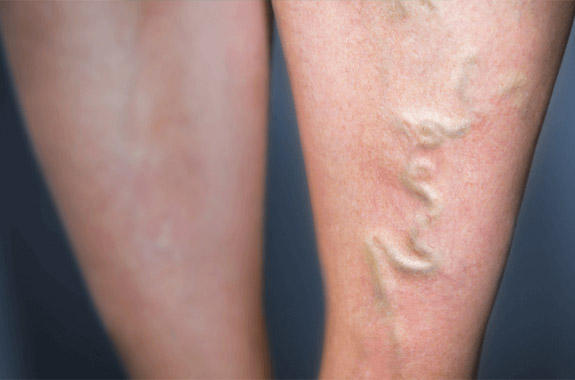
What causes restless legs syndrome?
In most cases, the cause of RLS is unknown (called primary RLS). However, RLS has a genetic component and can be found in families where the onset of symptoms is before age 40. Specific gene variants have been associated with RLS. Evidence indicates that low levels of iron in the brain also may be responsible for RLS.
Considerable evidence also suggests that RLS is related to a dysfunction in one of the sections of the brain that control movement (called the basal ganglia) that use the brain chemical dopamine. Dopamine is needed to produce smooth, purposeful muscle activity and movement. Disruption of these pathways frequently results in involuntary movements. Individuals with Parkinson’s disease, another disorder of the basal ganglia’s dopamine pathways, have increased chance of developing RLS.
RLS also appears to be related to or accompany the following factors or underlying conditions:
- end-stage renal disease and hemodialysis
- iron deficiency
- certain medications that may aggravate RLS symptoms, such as antinausea drugs (e.g. prochlorperazine or metoclopramide), antipsychotic drugs (e.g., haloperidol or phenothiazine derivatives), antidepressants that increase serotonin (e.g., fluoxetine or sertraline), and some cold and allergy medications that contain older antihistamines (e.g., diphenhydramine)
- use of alcohol, nicotine, and caffeine
- pregnancy, especially in the last trimester; in most cases, symptoms usually disappear within 4 weeks after delivery
- neuropathy (nerve damage).
Sleep deprivation and other sleep conditions like sleep apnea also may aggravate or trigger symptoms in some people. Reducing or completely eliminating these factors may relieve symptoms.